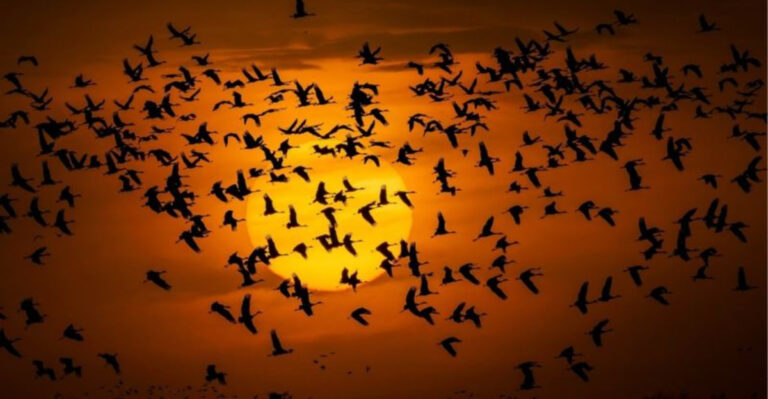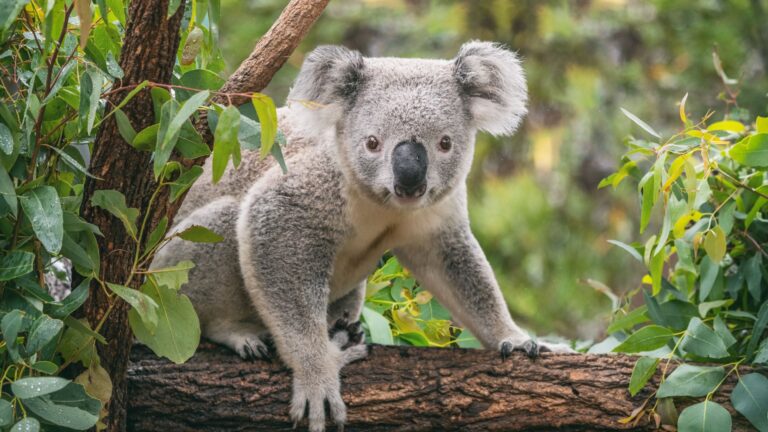Why Bees Are Disappearing And What It Means For Our Future
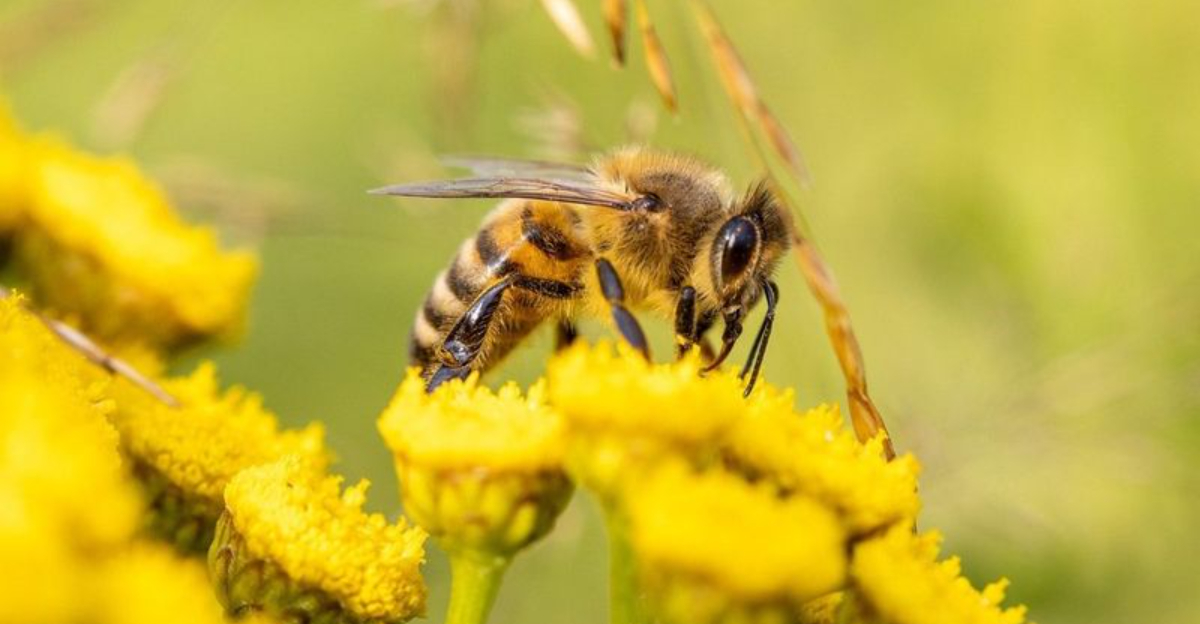
Bees are vanishing at an alarming rate worldwide, and this silent crisis threatens more than just honey production.
These tiny buzzing creatures pollinate about one-third of all the food we eat, making them essential for our agricultural systems and food security.
Without bees, our dinner plates would look drastically different, our ecosystems would unravel, and our economy would take a massive hit.
Pesticide Poisoning Is Killing Colonies
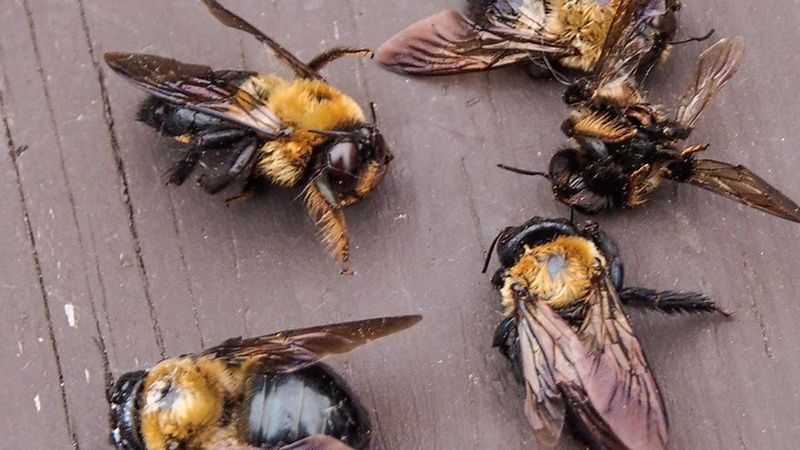
Farmers spray their crops with chemicals to kill pests, but these poisons don’t discriminate between harmful insects and helpful bees. Neonicotinoids, a common type of pesticide, attack bees’ nervous systems even in tiny amounts.
When bees visit treated plants, they carry these toxins back to their hives, poisoning entire colonies. Some pesticides don’t kill immediately but cause confusion, preventing bees from finding their way home. Even worse, these chemicals can remain in soil for years, creating a long-term threat.
Countries that have banned certain pesticides have seen their bee populations begin to recover – clear evidence of the connection.
Habitat Loss Leaves Bees Homeless
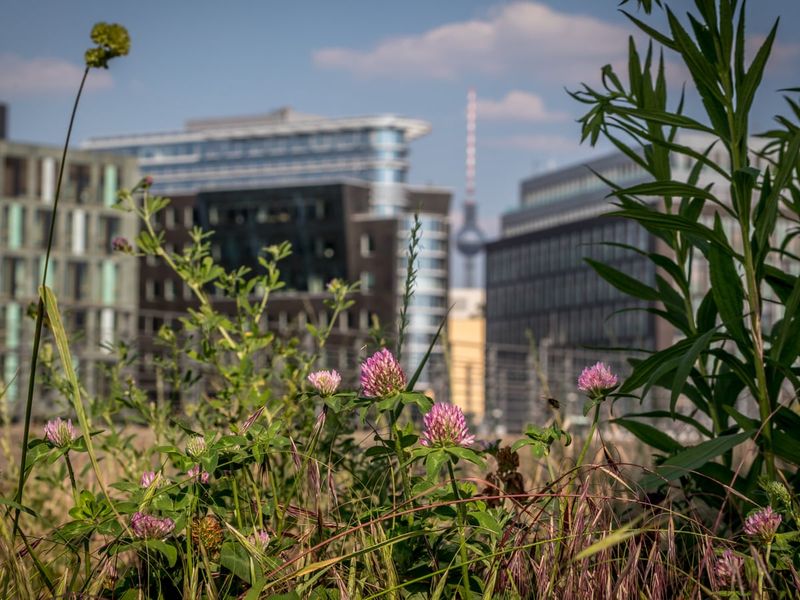
Wild meadows and flowering fields are disappearing as we pave paradise to build parking lots, shopping centers, and housing developments. Modern farming practices favor single-crop fields that bloom briefly, creating feast-or-famine conditions for pollinators.
Natural bee habitats like hollow trees, undisturbed soil, and diverse wildflower patches are becoming rare treasures. Without these homes, wild bee species have nowhere to nest and reproduce.
Urban sprawl replaces flowering plants with concrete, while neat, manicured lawns offer little nourishment for hungry bees. This shrinking habitat forces bees to travel farther between food sources, exhausting their energy reserves.
Climate Change Creates Seasonal Confusion
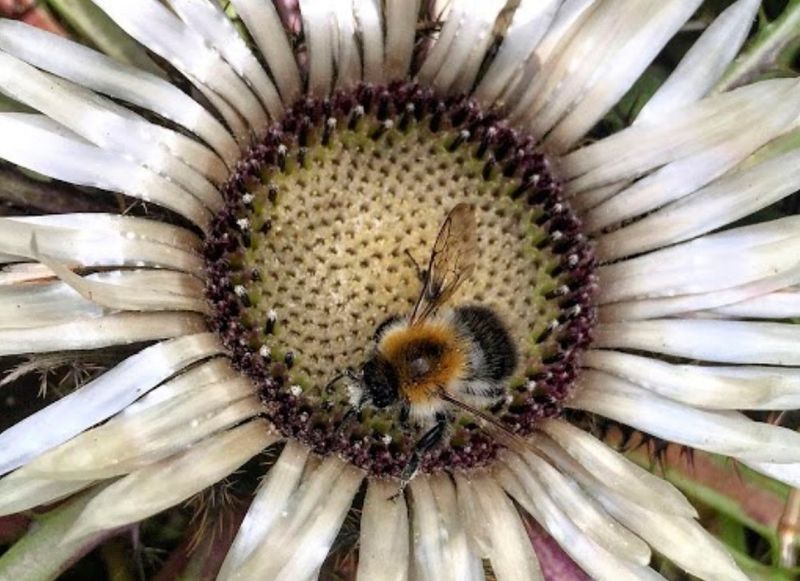
Rising temperatures are throwing off nature’s carefully timed dance between flowers and their pollinators. When spring arrives earlier, flowers might bloom before bees emerge from winter hibernation, creating a dangerous mismatch.
Unpredictable weather patterns bring freezing snaps that kill bees who emerged too early or damage the flowers they depend on. Longer, hotter summers stress colonies as water sources dry up and nectar becomes scarce.
Shifting rainfall patterns affect which plants thrive in different regions, altering food availability for local bee populations. Climate change also extends the range of certain bee parasites and diseases into new territories where bees haven’t developed resistance.
Deadly Mites Invade Hives
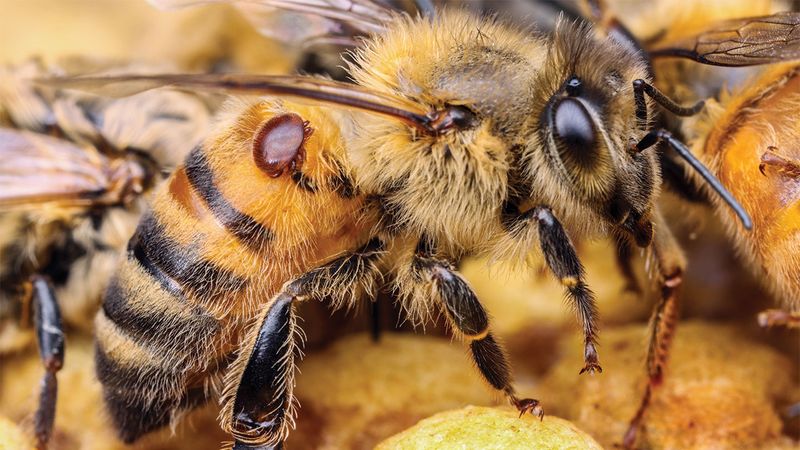
Varroa destructor – even the name sounds like a supervillain. These tiny parasitic mites attach to bees and feed on their fat bodies, weakening them and spreading deadly viruses throughout the colony.
Originally from Asia, these mites have spread globally, devastating European honeybee populations that lack natural defenses. A severe mite infestation can destroy an entire hive within months if left untreated.
Beekeepers struggle to control these parasites as mites develop resistance to treatments. The stress from mite attacks makes bees more vulnerable to other threats like poor nutrition or pesticide exposure, creating a perfect storm of health challenges.
Mystery Disease: Colony Collapse Disorder
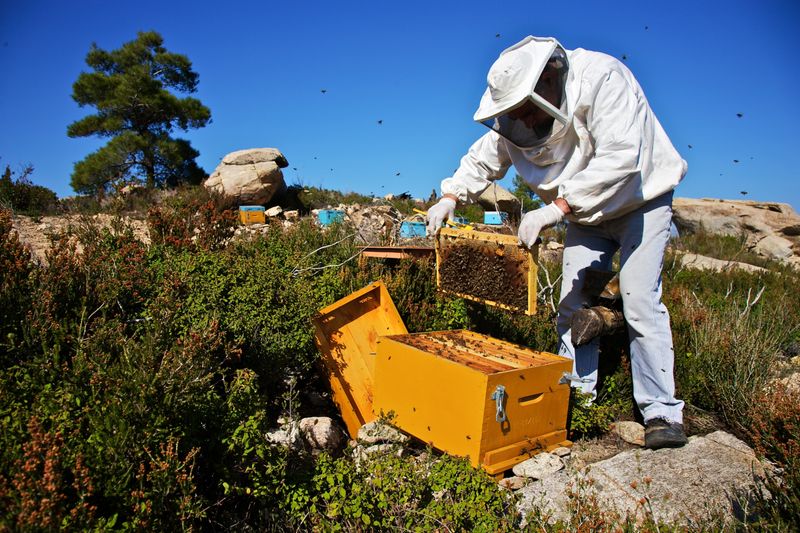
Beekeepers sometimes discover a bizarre scene: hives suddenly empty except for the queen and a few young bees, with no dead bodies in sight. This ghostly phenomenon, called Colony Collapse Disorder (CCD), peaked in the mid-2000s, with some beekeepers losing up to 90% of their hives.
Scientists believe CCD results from multiple stressors hitting bees simultaneously – like a person fighting pneumonia, malnutrition, and exhaustion all at once.
When worker bees sense they’re sick, they fly away from the hive to die, explaining the absence of bodies. While classic CCD cases have decreased, the underlying issues continue to weaken colonies worldwide.
Monoculture Farming Creates Bee Food Deserts
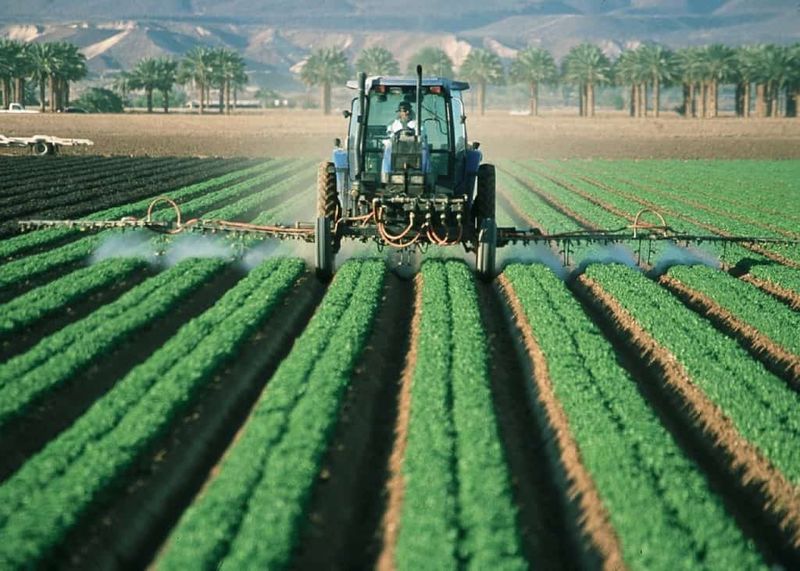
Imagine eating only chicken for months, then only broccoli, then only bread. That’s essentially what bees face in agricultural areas dominated by monoculture farming – vast fields of identical crops that bloom simultaneously, creating brief abundance followed by nothing.
Corn and wheat, which cover millions of acres, offer virtually no nutrition for pollinators. Even crops that do feed bees, like almonds, create feast-or-famine conditions rather than steady nourishment.
Commercial beekeepers truck their hives thousands of miles chasing blooms, stressing colonies with constant movement. This unnatural diet and lifestyle weakens bees’ immune systems, making them more susceptible to diseases and parasites.
Invasive Species Disrupt Bee Communities
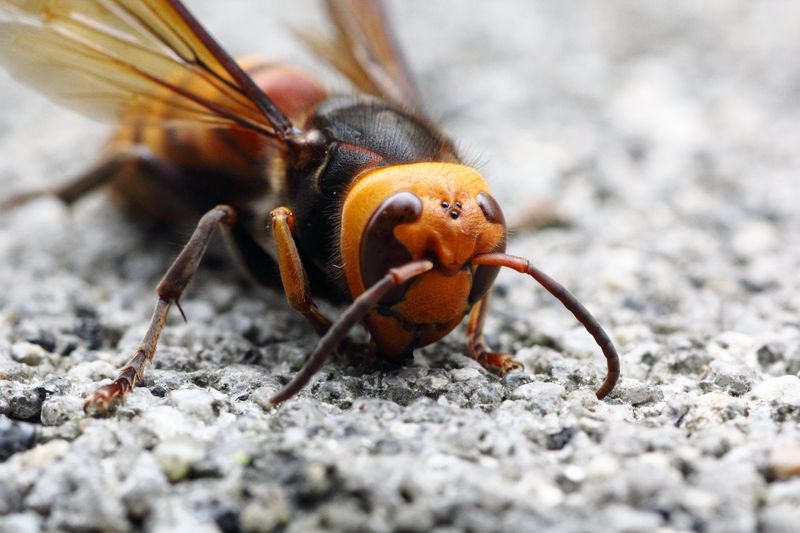
Asian giant hornets – nicknamed “murder hornets” – can decimate a honeybee colony in hours, beheading bees and carrying their thoraxes back to feed hornet larvae. These invasive predators, recently spotted in North America, represent just one of many newcomer species threatening native bee populations.
Non-native plants can outcompete the native flowers that local bees have evolved alongside for millennia. Some introduced bee species, like certain bumblebees in South America, outcompete native pollinators for limited resources.
When ecosystems face these biological invasions, the delicate relationships between native plants and their pollinators unravel, creating ripple effects throughout the food web.
Food Security Hangs In The Balance
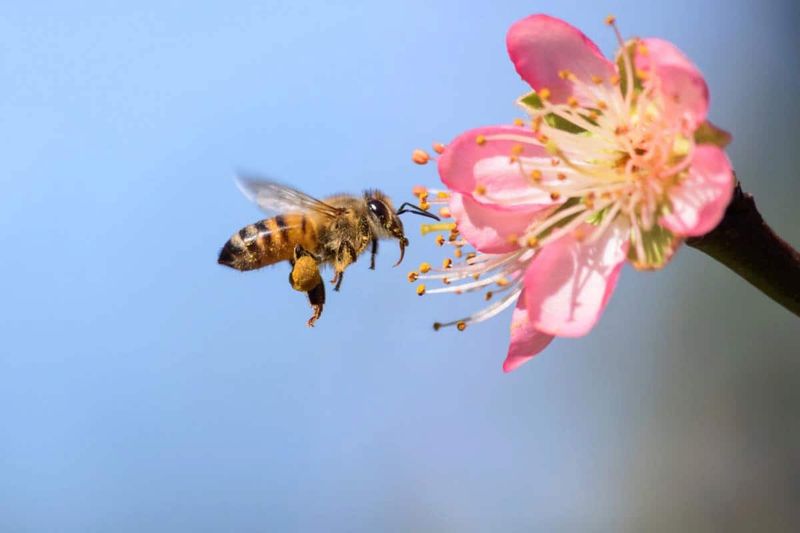
Bees pollinate 71 of the 100 crop species that provide 90% of the world’s food. Without them, grocery stores would lose about half their produce section – no more almonds, apples, blueberries, or cherries.
Coffee, chocolate, and many other favorite treats depend on bee pollination too. While grains like wheat and corn are wind-pollinated, the fruits and vegetables that provide essential vitamins and minerals often rely on bees.
As bee populations decline, farmers face lower yields and higher costs. Some fruit growers in China already hand-pollinate trees with feather dusters – an expensive, labor-intensive process that drives up food prices and threatens access to nutritious food for millions.
Economic Losses Reach Billions Annually
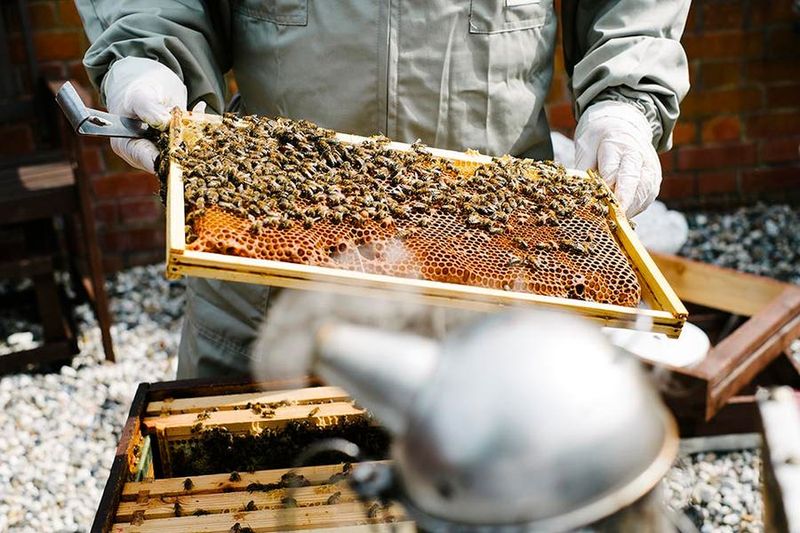
Bees provide free labor worth an estimated $15 billion annually to U.S. agriculture alone. Globally, pollinators contribute to crops worth between $235-577 billion each year. As bee populations decline, farmers must rent more hives at higher prices or face reduced harvests.
Almond growers in California now pay over $200 per hive – more than triple the price from 20 years ago – with over 2 million hives needed annually. These costs get passed to consumers through higher food prices.
Beyond agriculture, many pharmaceutical compounds, biofuels, and fibers like cotton depend on pollinated plants, meaning bee losses ripple through multiple industries and ultimately impact everyone’s wallet.
Ecosystem Collapse Threatens Wildlife
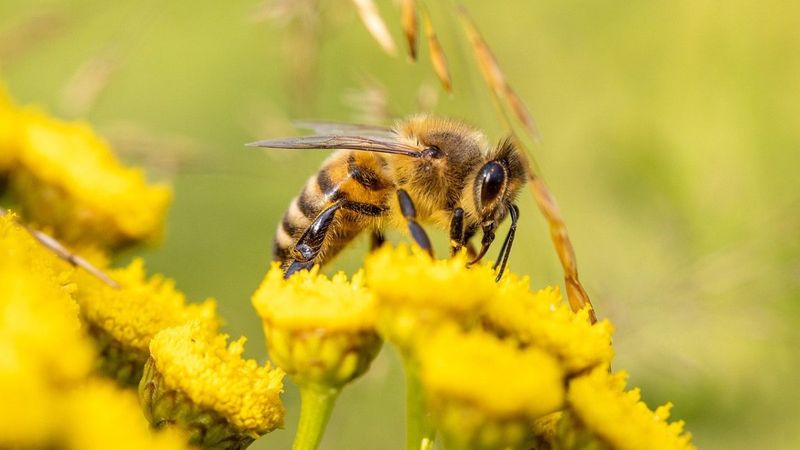
Flowering plants form the foundation of many terrestrial ecosystems, and 85% of them need animal pollinators to reproduce. When bees disappear, these plants produce fewer seeds and fruits, reducing food for birds, mammals, and other wildlife.
Many endangered species depend on specific plants that require bee pollination. As these plants decline, specialized animals lose critical habitat and food sources, accelerating biodiversity loss. Bees also help maintain genetic diversity in plant populations through cross-pollination.
Without this service, plant communities become less resilient to disease and environmental changes, potentially triggering cascade effects through entire ecosystems that scientists are only beginning to understand.
Home Gardens Become Vital Refuges
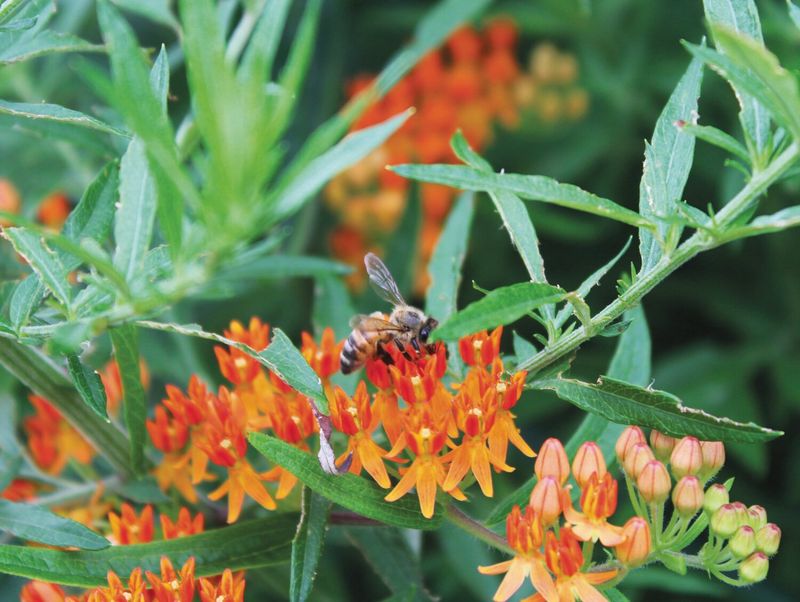
Your backyard could become a lifesaving oasis for local bees. Even small gardens with the right flowers can support dozens of native bee species, providing critical stepping stones between larger natural areas. Native plants adapted to your region offer the best nutrition for local pollinators.
Leaving small areas of bare soil and avoiding chemical pesticides creates safe nesting sites and removes deadly hazards. Community gardens and pollinator-friendly landscaping in public spaces extend these benefits across urban environments.
As natural habitats shrink, these human-created spaces increasingly serve as crucial refuges where bee populations can recover and thrive despite broader environmental challenges.
Hope Emerges Through Innovation
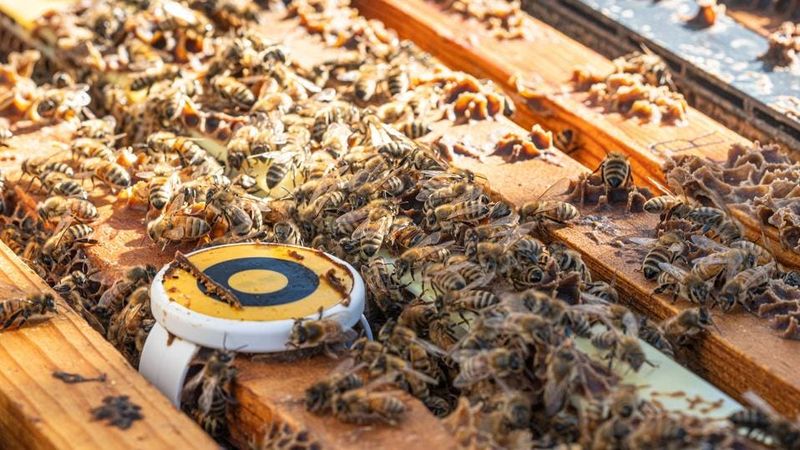
Scientists are developing new technologies to monitor bee health using tiny sensors attached to hives that track temperature, humidity, and bee movement patterns. This early warning system helps beekeepers intervene before colonies collapse.
Breeding programs select for mite-resistant honeybees with stronger immune systems. Meanwhile, researchers explore natural treatments using essential oils and organic acids to control parasites without harsh chemicals.
Robot pollinators and hand pollination methods are being developed as emergency backups, though experts agree these technologies can supplement but never replace natural pollinators.
The growing public awareness about bee decline has sparked positive policy changes, with some regions banning harmful pesticides and creating pollinator protection zones.


